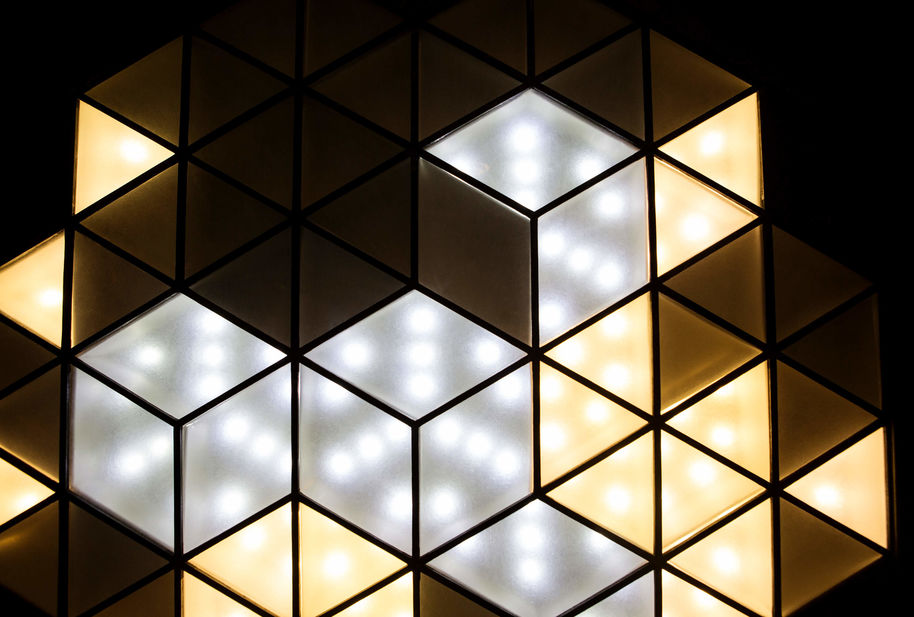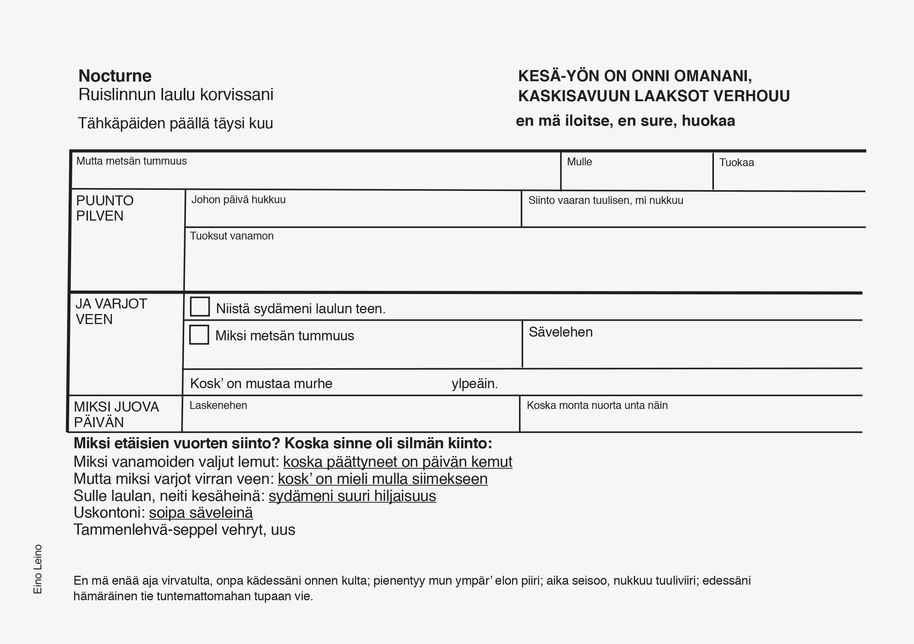AALTO CREATIVITY SYMPOSIUM 2021 |
|
Aalto Creativity Symposium is a meeting point for scholars and practitioners, which will take place at Vaasa this coming Friday and Saturday, September 10th – 11th, both on-site and online. Do you become more creative if you study creativity? This creativity symposium discusses creativity and creativity theories and invites you who wants to understand more about the science of creativity, whether you are a student, scientist, teacher, entrepreneur, a leader in an organization, an artist, work in the field of psychology or else interested in creativity. Creativity is a competence needed in times of change. We use our inherent creativity when solving problems, working in teams, or creating art or new products or strategies. Creativity theories submerge under the surface and make our tacit knowledge of creativity visible. International keynote speakers and national presenters talk about various aspects of creativity: imagination, chaos, the creative process, and more. The topics are not domain specific but aim to shed light on the fundamental principles of creativity. Read more about keynote and featured speakers here. The symposium is organized by a Team in The Department of Film, Television and Scenography ELO in Aalto University School of Arts, Design and Architecture:
REGISTRATIONRegister here. Online registration is free for Aalto people! For non-Aalto participants the online registration fee is €40. On-site participation €80. On-site registration fee includes coffee, tea, fruit, and snacks. Self-pay lunch in the restaurant (pre-orders will be sent to participants). Please note that due to pandemic restrictions the number of on-site participants is limited, and thus the on-site registration might already be full. VENUEOn-site venue is located in Sulva (15 km from Vaasa). Online in Zoom (link will be sent to registered participants). International and national participants are warmly welcome! The sessions will be recorded and can be viewed by participants for two weeks after the event. PROGRAM AND SCHEDULE FRIDAY – September 10th 13:00 – Lunch & registration 14:30 – Welcome & Definition and Aspects of Creativity (Elisabeth Morney, chair) 14:40 – Radical Creativity – What is it? The strategy of Aalto University (Tuomas Auvinen, Dean of School of Arts, Design and Architecture, Aalto University) 15:00 – Keynote: Intelligence, Creativity and Skill (Bonnie Cramond, Professor Emerita, University of Georgia, USA) 16:00 – Break (coffee) 16:20 – Imagination as a Source for Creativity (Hannah Kaihovirta, Docent, Senior researcher, University of Helsinki) 16:45 – Creative Thinking: Idea, Process and End Result (Riikka Mäkikoskela, Head of Radical Creativity, Aalto University) 17:10 – Improvisational Theater, Flow and Group Dynamic (Mikael Rejström, Actor & Creative Director, Stella Polaris) 17:30 – Marketing in an Equitable World (Dee Fretwell, Instructor, School of Business, Southern Oregon University, USA) 17:50 – Break (coffee) 18:00 – Keynote: Chaos, Complexity, and Creativity (Ruth Richards, Distinguished Professor of Psychology, Saybrook University, California, USA) 19:00 – Closing words for the day 19:15 – Symposium dinner SATURDAY – September 11th 9:30 – Welcome to symposium day two (Hannah Kaihovirta) 9:40 – Quality, Taste and the Creative Product (Elisabeth Morney, Aalto University) 10:00 – The Movement between Intuition and Evidence in the Creative Design Process (Kirsi Manninen, Aalto University) 10:20 – Break (coffee) 10:30 – Limitation as a Creative Resource (Kirsi Reinola, Aalto University) 10:50 – Ethical Aspects of Creativity (Marjaana Rantama, Aalto University) 11:10 – Break 11:20 – What is Creativity? Perceptions of primary school children in Malta. (Dr. Margaret Mangion, Senior lecturer, University of Malta, The Edward de Bono Institute for Creative Thinking and Innovation, Malta) 11:40 – The Role of Creativity in Interdisciplinary Work Groups in Higher Education Context (Dr. Daniela Bauer, Nuremberg Tech, LEONARDO – Centre for Creativity and Innovation, Germany) 12:00 – Lunch 13:00 – Keynote: Assessment of Creativity (Bonnie Cramond, Professor Emerita, University of Georgia, USA) 14:00 – Break (coffee) 14:15 – Round table: Do you become more creative by studying creativity? (Elisabeth Morney (chair), Bonnie Cramond, Hannah Kaihovirta, Riikka Mäkikoskela) 14:50 – Wrap up, final words 15:00 – End |
Tag Archives: Event
Defence of Dissertation in the Field of Visual Communication Design, MA Arja Karhumaa
Event Schedule
The public defence is held remotely via Zoom: https://aalto.zoom.us/j/65098550076 on Friday June 18th from 12:00 – 14:00.
The audience is kindly asked to join at no later than 12:00. The defence will be recorded.
Event language: Finnish
Event page: In English | In Finnish
The dissertation is publicly displayed online 10 days before the defence here.
TITLE OF DISSERTATION
EPä/iGENESIS: Tekstin muotoilu uusmateriaalisena kirjoitta/umisena. Tutkielma Y
ABSTRACT
This is an artistic research into the materiality of typographic text. In everyday settings, the conventions of ordinary text documents render their writing almost transparent for their reader. However, at the same time, those conventions are so visual in nature that texts often become recognised even before reading, just by looking. As a designer and researcher, I expose these conventions in Epägenesis, an experimental writing project which is set in motion by appropriating found text from ordinary text documents.
In Epägenesis (eng. “Ungenesis”), the persuasive power of form is illuminated by my entangled gestures of writing, designing and reading, calling into question the established categories of ”form” and “content”. What is subsequently exposed is the situated knowledge and skilled practice of a text designer.
The dissertation consists of two books (X and Y), where X marks the practice-based part, and Y is this study which sheds light on the project. Together, X and Y define a space where practice and theory make new diffractive patterns, producing new knowledge where those two are inseparable.
The book Epägenesis: Katalogi X is a compilation of my experimental texts in four series: Alfa, Beeta, Delta and Gem. In writing these texts, I borrow methods and constraints from conceptual and procedural writing.
In this study, I reread my experimental writing in Epägenesis through theories and concepts which have been used in examining the visual and material aspects of typography. Linguistic and literary studies, art history, and visual and media studies have previously shown interest mainly towards textual artifacts that are recognisably material, i.e. unconventional. Multimodal research also recognises how texts are produced through various practices. In my research, I read typography through new materialist concepts, which suggest that text is always material-discursive regardless of whether its form is conventional or unconventional, transparent or prominent to its reader. New materialist thinking provides a frame where typographic writing is entangled with language and matter, with impact from both human and nonhuman. In my research, I am particularly interested in how this impact gets entangled with the notion of the public.
The history of typography is the history of printing, which carries with it many preconceived ideas about origin, author-ship, and value. The entanglements of writing, printing and typography deserve to be examined carefully in this exact moment when typographic practices and conventions migrate onto digital environments, where they emerge and transform in networks devoid of subjective authorship or discernable origin. This might be a turning point which will reveal that us humans never did our writing on our own. Not only do we write, but through material-discoursive agents something is always also epigenetically written into the world.
Showing evidence of the extensive impact of typography on the lives of publics is not easy, however my thesis begins to propose a certain “sociology of texts”. This is a space where categories of language and image, form and content, convention and invention, collapse. Instead, new differential, entangled relationships are recognised in how typographic choices impact our shared world and its patterns of variation and change. With multiple shifts in perspective, scale, and method, this thesis points to how the smallest punctuation marks are entangled with the vast phenomena of knowledge and power.
THE DOCTORAND
Arja Karhumaa is a graphic designer who works at the intersection of writing, education, and research. Karhumaa has a history of design practice both in agencies and as an independent entrepreneur. Since 2010, she has focused not only on developing education in visual communication, but also on publication design, and writing that spans the territories of poetry, design, and scholarship. Karhumaa has been awarded with prizes and honorable mentions as well as prestigious jury positions both in Finland and in international competitions. She has worked at Aalto University since 2011 as a Lecturer and Assistant Professor.
Contact: Arja Karhumaa





